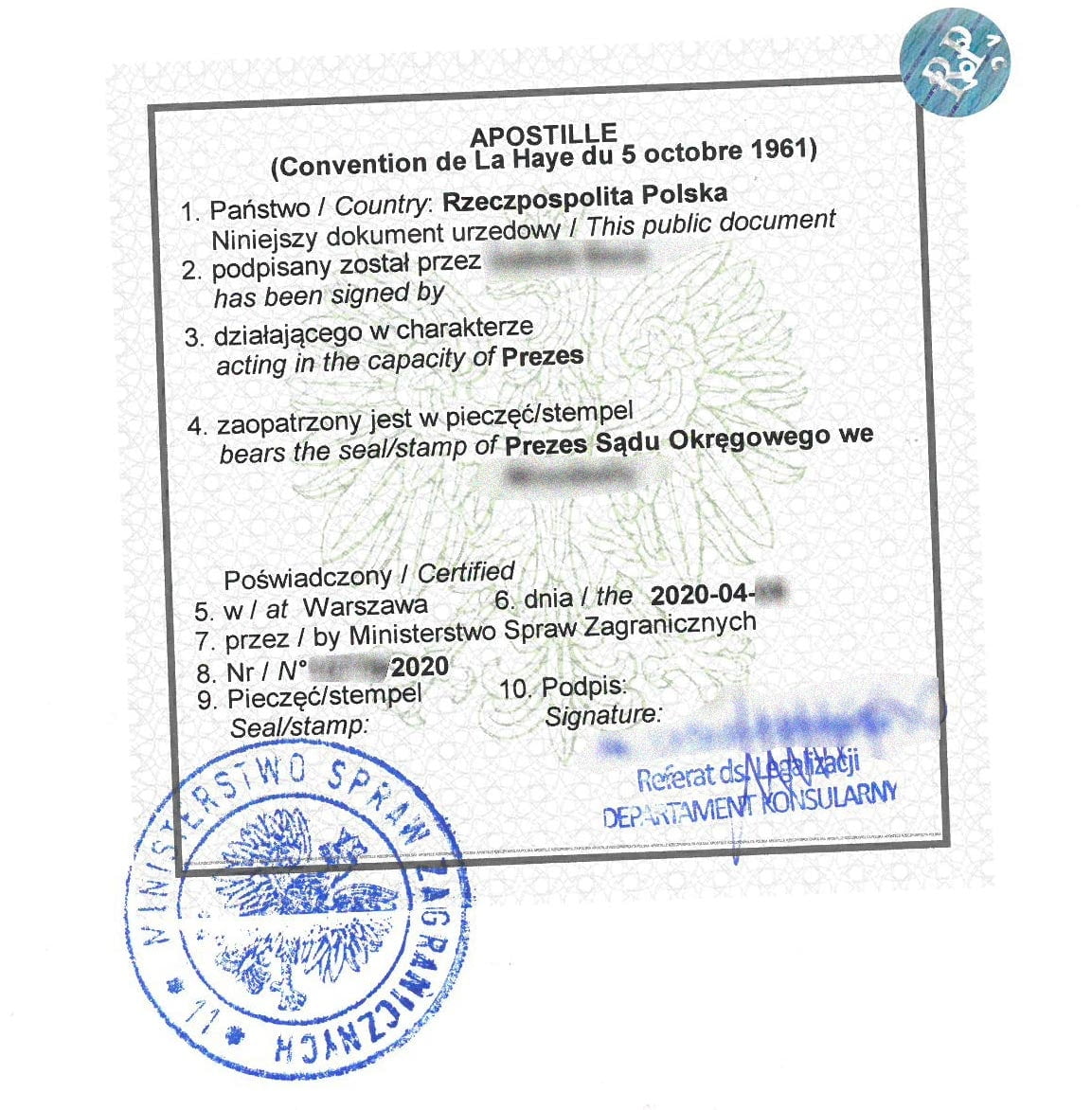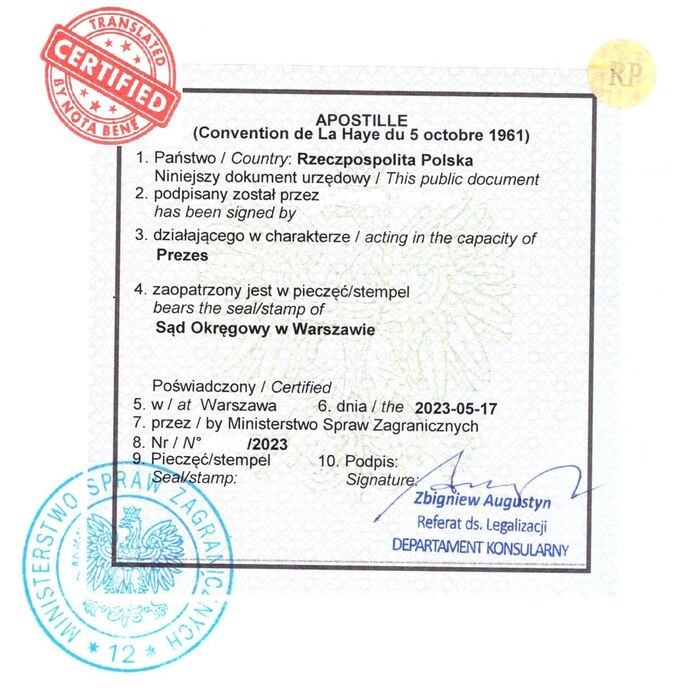The projects are made by our in-house and independent translators

We never charge more than a sworn translator, but ordering from us is more convenient.


Translation for medical and pharmaceutical companies is what we do best. Contact us to have access to the best specialists in this field!


We'll get it done faster, so that you have time for other things that matter.

